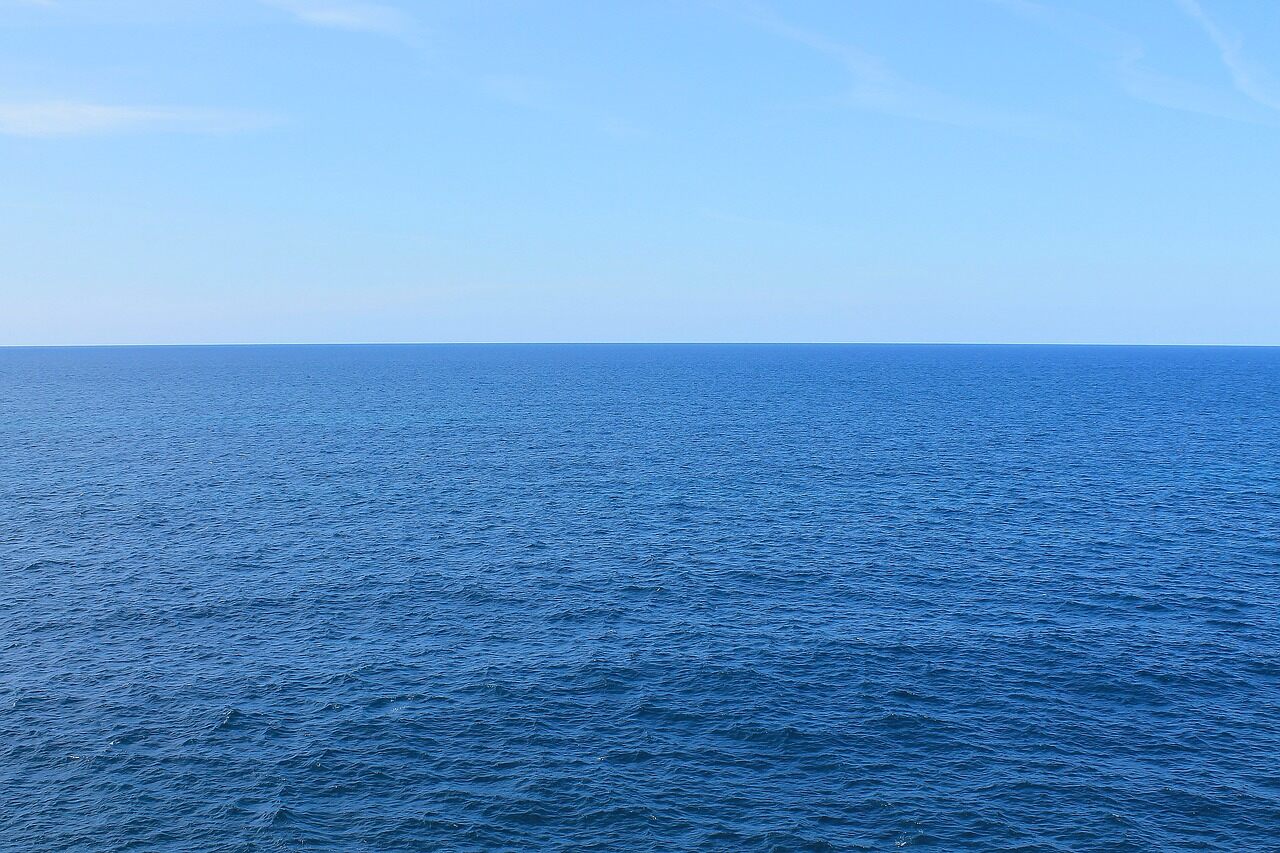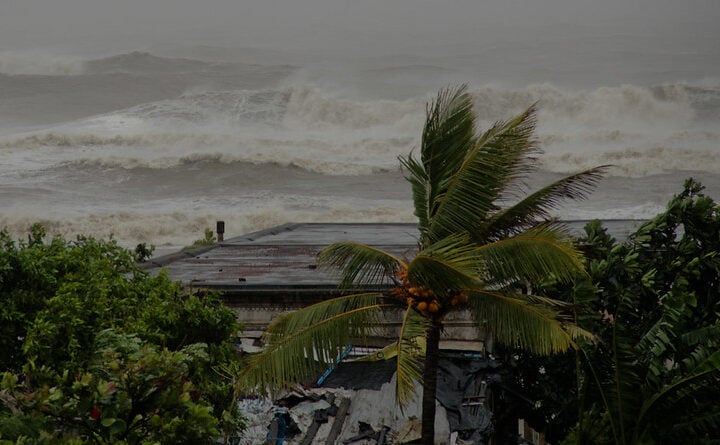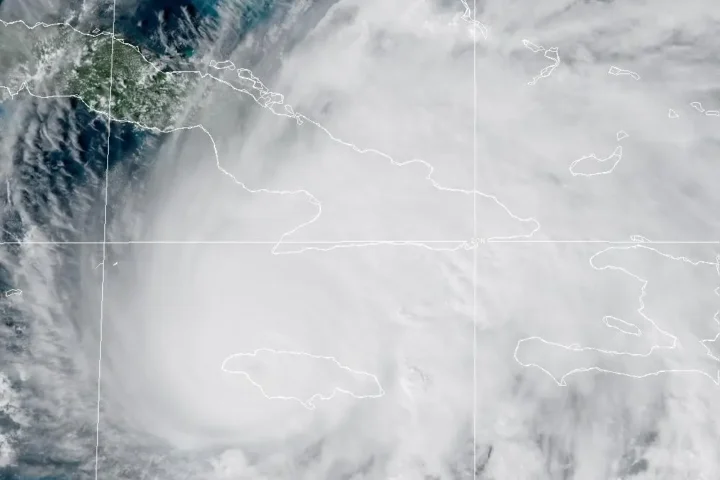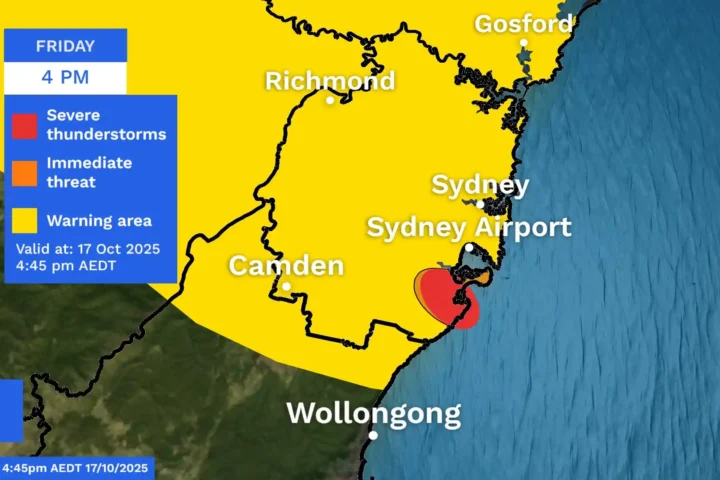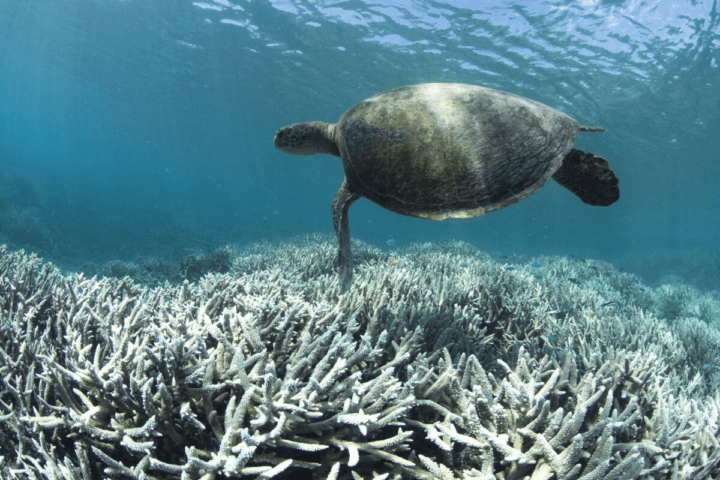Experts suspected it and now it’s official: the rate of ocean warming has almost doubled since 2005, according to a report from the European observatory Copernicus Marine Service published on Monday, September 30. The document also attests that 22% of the world’s ocean surface experienced a severe heat wave in 2023. This work reinforces the IPCC reports. In 2019, these UN-mandated climate experts considered it “likely” that the rate of ocean warming had “more than doubled since 1993”. A cataclysm that generates extreme weather phenomena and consumes marine biodiversity.
“The warming of the ocean can be considered as our sentinel for climate warming. It has been increasing continuously since the 1960s,” said oceanographer Karina von Schuckmann during a videoconference, presenting the 8th report on the state of the oceans from Copernicus. According to this research, the oceans have been warming at a rate of 1.05 watts per square meter since 2005, compared to 0.58 watts per square meter in previous decades. (Over The Period 1960–2023,the global ocean heat content increased at a rate of 0.58±0.1Wm−2. Since2005, this global rate has increased to 1.05±0.2Wm−2.)
This warming is linked to a well-known phenomenon: the oceans absorb the heat emitted by human activities. Thus, since 1970, the world’s seas have absorbed “more than 90% of the excess heat in the climate system,” caused by the massive emissions of greenhouse gasses by humanity, explains the IPCC. The oceans, which cover 70% of the globe, are a major regulator of the Earth’s climate. Warmer waters lead to more violent hurricanes and storms, with their trail of destruction and flooding.
This warming is also accompanied by a multiplication of marine heatwaves. Thus, 22% of the oceans have experienced at least one severe or extreme marine heatwave in 2023. More geographically extensive, these marine heatwaves also tend to become more intense and longer-lasting, with an average annual maximum duration that has doubled since 2008, from twenty to forty days.
Similar Posts
Results indicated by a study cited by Karina von Schuckmann claims “severe marine heat waves may become more frequent in future Barents Sea (north of Norway) due to ongoing climate change”. And in August 2022, a record temperature of 29.2°C was recorded in the coastal waters of the Balearic Islands, “the highest regional sea surface temperature in forty years,” the report also points out.
That same year, a marine heatwave in the Mediterranean Sea penetrated about 1,500 meters below the surface, illustrating how heat can spread throughout the water column. Episodes of marine heatwaves not only lead to migrations and massive mortality of species, degrade ecosystems, but also reduce the ability of the ocean layers to mix between the bottom and the surface, thus hindering the distribution of nutrients. They can also “have implications on the productivity of fish,” impacting fishing, Karina von Schuckmann stressed.
The report also notes that ocean acidity, which is attributed to CO2 concentration in the atmosphere, has increased by 30% since 1985. Above a certain threshold, the acidity of seawater becomes corrosive for the skeletons and shells of corals, mussels, oysters, etc. This threshold, considered a “planetary boundary,” shall be further transgressed “in the near future,” according to the “trends” presented by a report published last week by the Potsdam Institute for Climate Impact Research.
